I am very new to Image processing and I am trying to cleanse pictures similar to picture 1 of the Black Pixels originating from the border of the Image.
The Images are clipped Characters from a PDF which I try to process with tesseract to retieve the character. I already searched in Stackoverflow for answers, but only found resolutions to get rid of black borders. I need to overwrite all the black pixels from the corners with white pixels, so tesseract can correctly recognize the character.
I cannot alter the Bounding Boxes used to clip the Characters, since the characters are centered in different ares of the BoundingBox and if i Cut the BoundingBox, i would cut some Characters like seen below
My first guess would have been to recursively track down pixels with a certain threshhold of black in them, but I am scared of computing time in that case and wouldn't really know where and how to start, except for using two two-dimensional arrays, one with the pixels, and one with an indicator whether i already worked on that pixel or not.
Help would be greatly appreciated.
Edit: some more pictures of cases, where black pixels from the edge need to be cleared:
Edit: Code-Snippet to create Border Image:
@staticmethod
def __get_border_image(image: Image) -> Image:
data = numpy.asarray(image)
border = cv2.copyMakeBorder(data, top=5, bottom=5, left=5, right=5, borderType=cv2.BORDER_CONSTANT)
return Image.fromarray(border)






